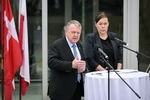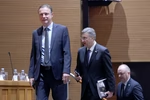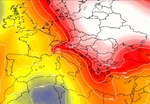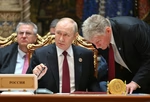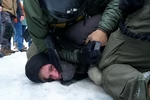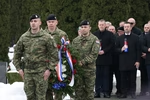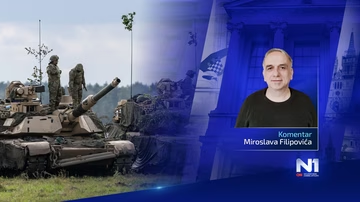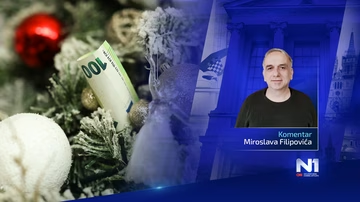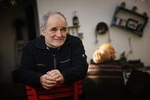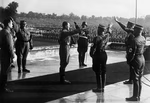
On May 4, 1980, Josip Broz Tito, the President of Yugoslavia from 1953 to 1980, the head of the former country’s Communist Party and the Commander-in-Chief of the once mighty Yugoslav army, died in Ljubljana, Slovenia, aged 88.
Tito had led Yugoslavia in various roles for almost four decades, took it out from what was then the Soviet bloc in the 1950s, and was one of the founders and leaders of the Non-Aligned Movement.
Over 200 heads of states, royalties, prime ministers and other high ranking politicians attended his funeral in Belgrade, including Mahatma Gandhi, Margaret Thatcher, Leonid Brezhnev, Robert Mugabe, and others.
After his death in a Ljubljana hospital, he was buried on the grounds next to his Belgrade residence, in a mauseoleum called the House of Flowers. And in spite of the political and social turmoils caused by the fall of communism and the violent breakup of Yugoslavia in the 1990s, his admirers from all over the former country still visit the site every year on May 4 to lay wreaths and flowers in memory of the former Yugoslav leader.
On Friday, groups of Tito's admirers, mostly members of anti-fascist organisations from all over the former Yugoslavia, visited the site, queuing to pay respects, lay wreaths, and celebrate his legacy. Wearing the so-called Tito Cap with a five-pointed red star, or t-shirts with portraits of Tito, the mourners - mostly elderly people, accompanies by a modest number of youths, all said they missed “the greatest leader ever.”
A man from Croatia's northern Medjimurje region told N1 he had joined his friends from the town of Varazdin to travel to Belgrade and lay a wreath in memory of Tito. Another man from Macedonia said he was there “only because of Tito’s Yugoslavia, and for comrade Tito.”
A woman from Belgrade said she was there because she felt nostalgic about Yugoslavia, and that both of her parents had been members of the Yugoslav Partisans during World War II, under Tito’s command. Another Belgrade resident fought back tears saying: “I have been coming here for 37 years to thank the man who gave me the best 30 years of my life.”
At 15:05 on Friday, citizens of Belgrade no longer heard sirens, as was customary in cities across Yugoslavia for years after Tito's death, with people stopping whatever they were doing and honouring a minute of silence in memory of Tito. The practice had lasted for a decade, until the early 1990s.
Tito’s birthday, celebrated on May 25 and dubbed Youth Day, was also a holiday in the former Yugoslavia. One of the central events marking the day was a symbolic relay race involving nation's youths, which would start at Tito's birth town of Kumrovec in northern Croatia and criss cross around the country before ceremoniously finishing at Belgrade's JNA stadium.
Following his death, his office was replaced by an eight-member collective presidency, consisting of the leaders of the country's six federal republics, and Serbia's two autonomous provinces - Vojvodina in the north, and Kosovo in the south. Individual members would take turns every year at the country's helm.
Less than 11 years after his death, Yugoslavia was plunged into a war that eventually left 100,000 dead and many more wounded, and displaced hundreds of thousands of people, after Slovenia and Croatia had declared independence in June 1991, which Belgrade opposed.
Bosnia and Herzegovina, and Macedonia, soon followed suit in 1992 and 1993, and finally Montenegro left its union with Serbia in 2006, leaving the country Tito led divided into six countries, two of which are now members of the EU and NATO.
The other four are hoping to join either one or both of the blocs, with Kosovo’s independence, declared unilaterally in 2008, is still not recognised by Serbia and around 80 of the world’s countries.
Kakvo je tvoje mišljenje o ovome?
Pridruži se raspravi ili pročitaj komentare



 Srbija
Srbija
 Bosna i Hercegovina
Bosna i Hercegovina
 Slovenija
Slovenija












